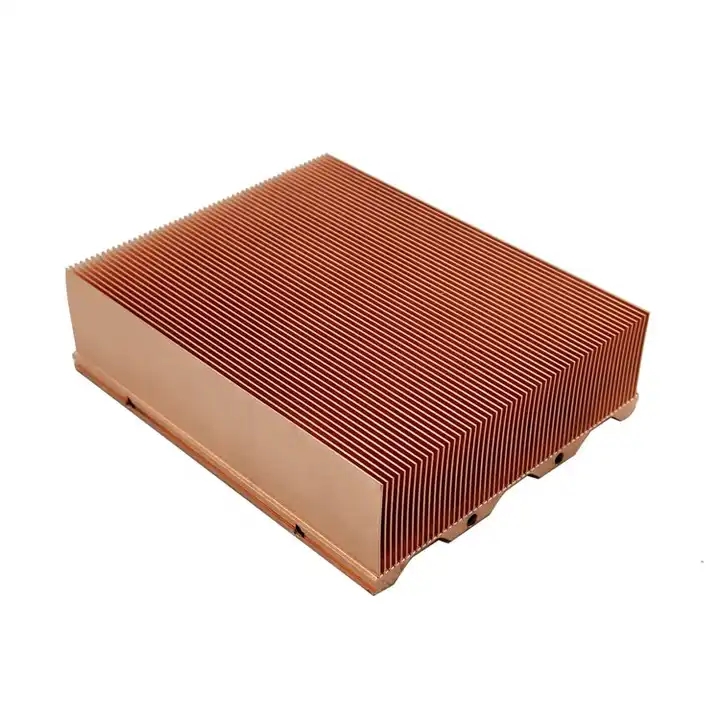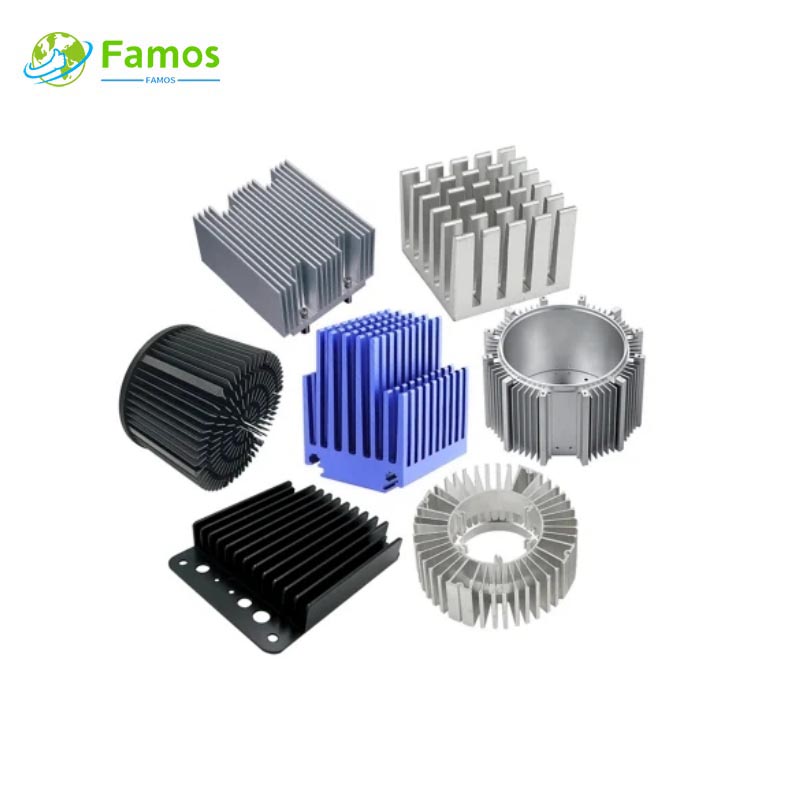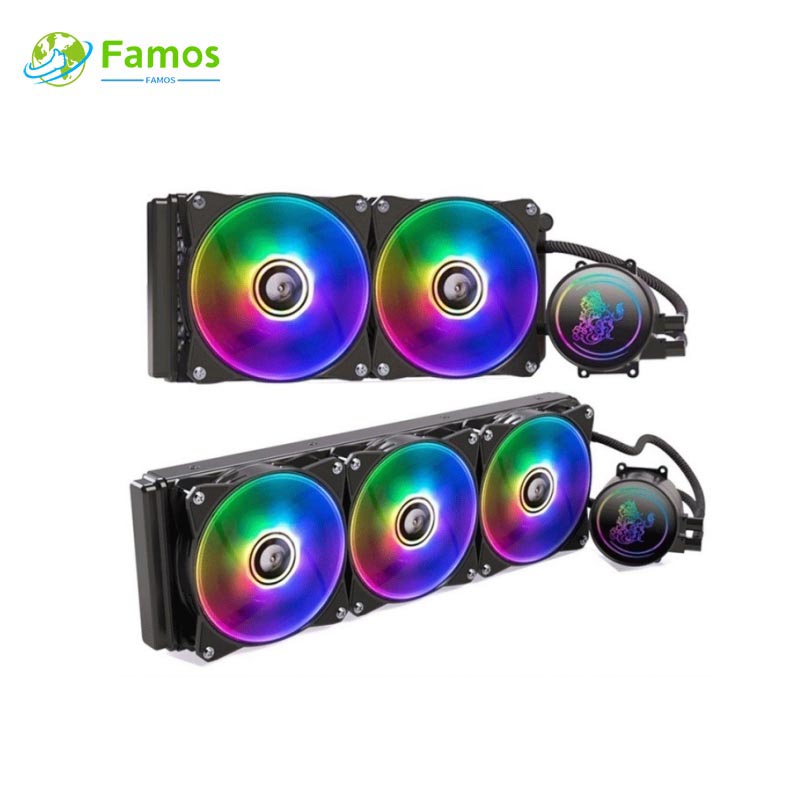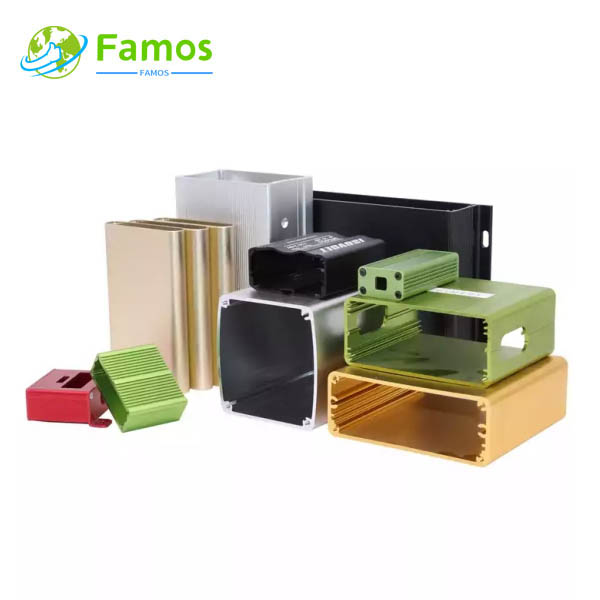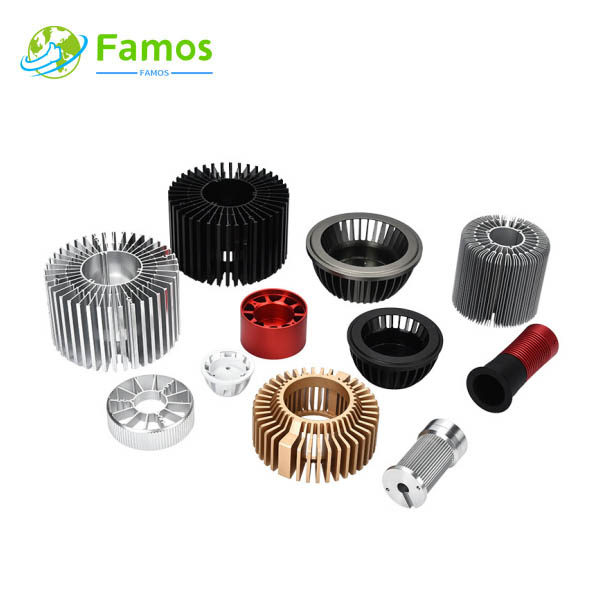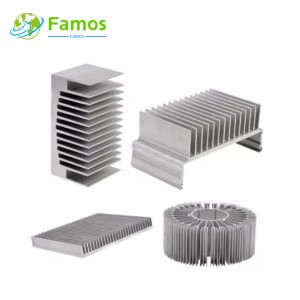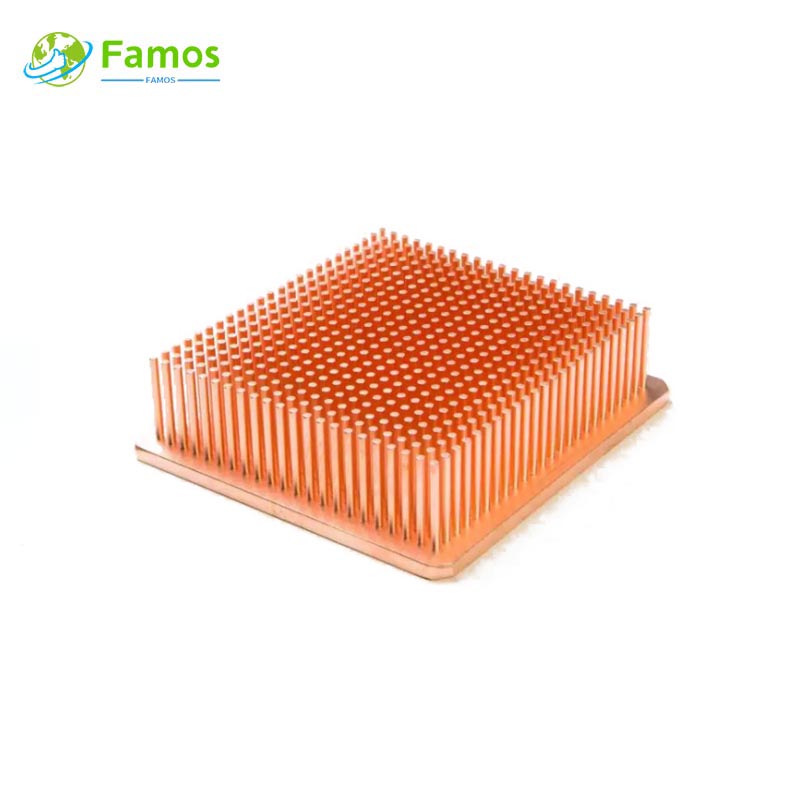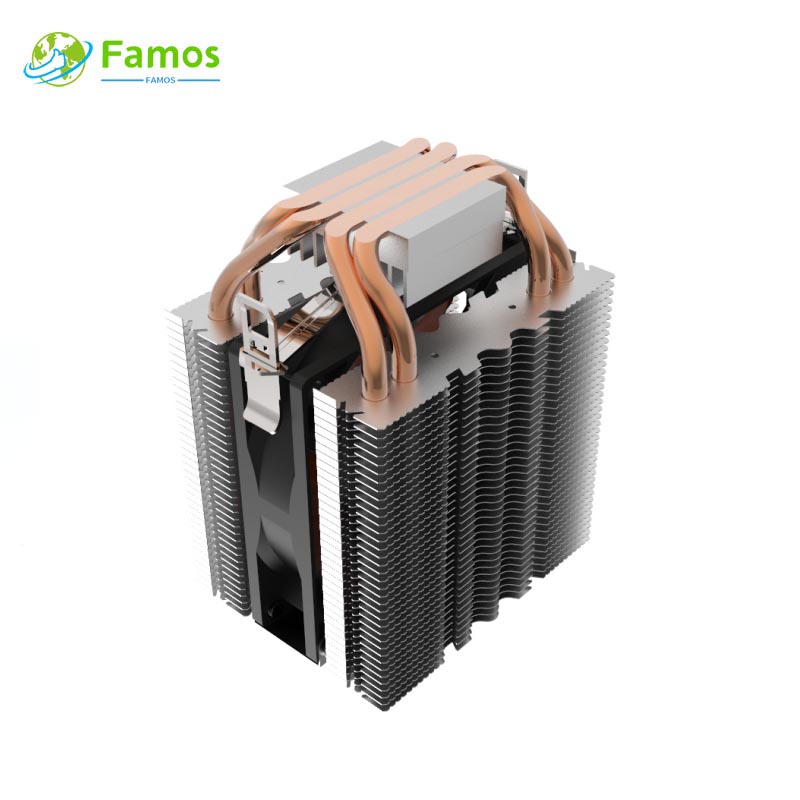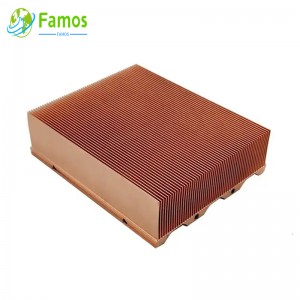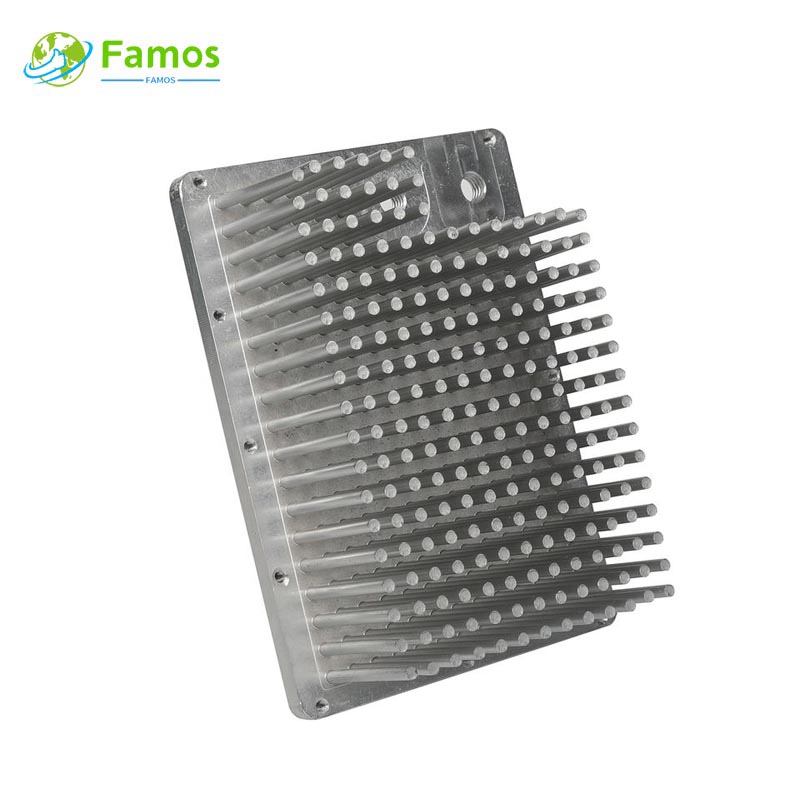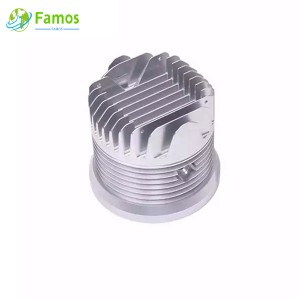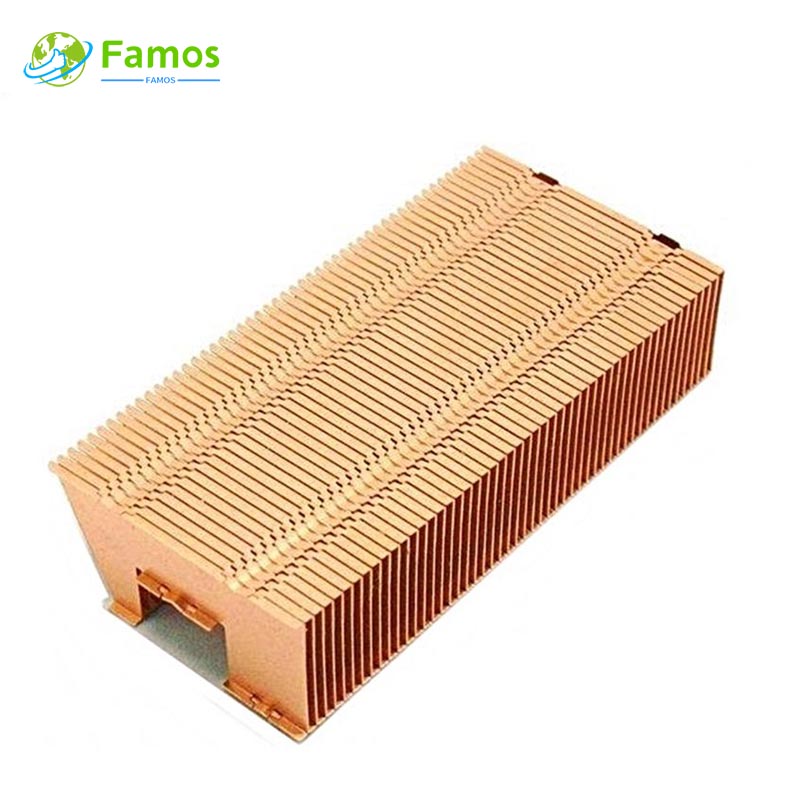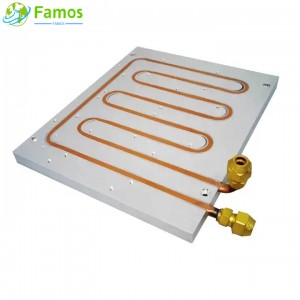When it comes to managing the heat generated by electronic devices, skived heat sinks have emerged as a popular and effective solution. These innovative cooling components are designed to efficiently dissipate heat and keep devices running at optimal temperatures, ensuring reliable performance and longevity. However, a common question that arises while considering the implementation of skived heat sinks is their cost. In this article, we will delve into the cost efficiency of skived heat sinks, analyzing the factors that determine their pricing and assessing the overall value they offer.
Skived heat sinks, also known as skive fins, are manufactured using a skiving process. This advanced manufacturing technique involves cutting thin copper or aluminum sheets into fins, then folding or bonding them to a base plate, creating a highly efficient cooling structure. The thin fins increase the surface area available for heat dissipation, enabling effective cooling in confined spaces. Skived heat sinks can be customized to meet exact specifications, ensuring a precise fit for different electronic devices.
The cost of skived heat sinks is influenced by a variety of factors. Firstly, the material used for manufacturing plays a crucial role in determining their cost. Copper heat sinks generally have superior thermal conductivity but are more expensive compared to aluminum heat sinks. However, aluminum heat sinks provide a cost-effective solution for applications where thermal conductivity is not a priority. The choice of material depends on the specific requirements of the device and budget constraints.
Another factor that influences the cost is the complexity of the skived heat sink design. The skiving process allows for intricate fin shapes and patterns, enhancing the heat dissipation capabilities. However, more complex designs require additional manufacturing time and precision, thus impacting the overall cost. It is important to strike a balance between design complexity and cost-effectiveness, ensuring optimal cooling without unnecessary expenses.
Additionally, the size and quantity of skived heat sinks required also affect their cost. Larger heat sinks generally require more material and manufacturing time, resulting in higher prices. Moreover, ordering higher quantities of heat sinks can often lead to cost savings due to economies of scale. Therefore, it is essential to consider the volume and dimensions of heat sinks needed to extract maximum cost efficiency.
In terms of cost efficiency, skived heat sinks offer significant advantages. The enhanced heat dissipation capabilities they provide reduce the reliance on additional cooling components, such as fans or liquid cooling systems. This not only saves costs on additional hardware but also eliminates the associated maintenance and operational expenses. Skived heat sinks offer a reliable and standalone solution for efficient heat management, ensuring long-term cost savings.
Furthermore, skived heat sinks contribute to the overall life cycle cost reduction of electronic devices. By effectively dissipating heat and maintaining optimal temperatures, they contribute to enhanced device performance and reliability. This reduces the likelihood of device failure or malfunction, subsequently decreasing repair and replacement costs. Skived heat sinks can be viewed as a long-term investment that not only saves costs in the short run but also extends the lifespan of electronic devices, providing significant cost savings over time.
In conclusion, while the cost of skived heat sinks may vary depending on factors such as material, design complexity, size, and quantity, they offer cost-efficient cooling solutions for electronic devices. Their ability to efficiently dissipate heat, eliminate the need for additional cooling components, and contribute to the overall life cycle cost reduction of devices makes them a valuable investment. When considering heat management options, it is important to assess the specific requirements of the device and evaluate the long-term cost efficiency that skived heat sinks can provide.
If You Are in Business, You May Like
Types of Heat Sink
In order to meet different heat dissipation requirements, our factory can produce different type heat sinks with many different process, such as below:
Post time: Jun-25-2023

